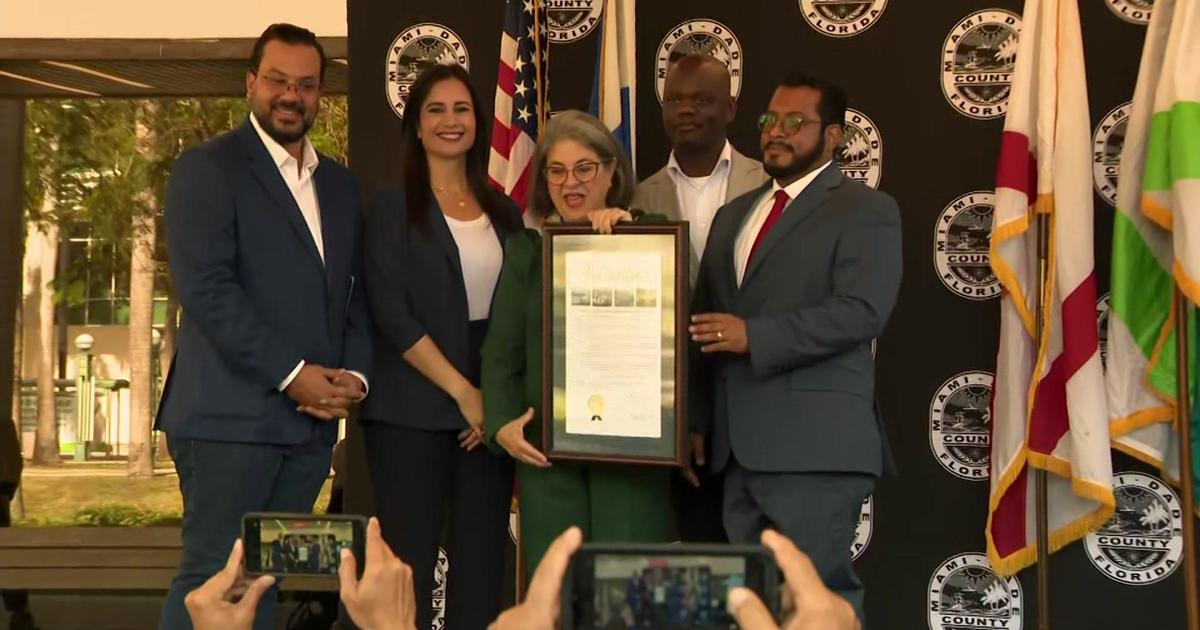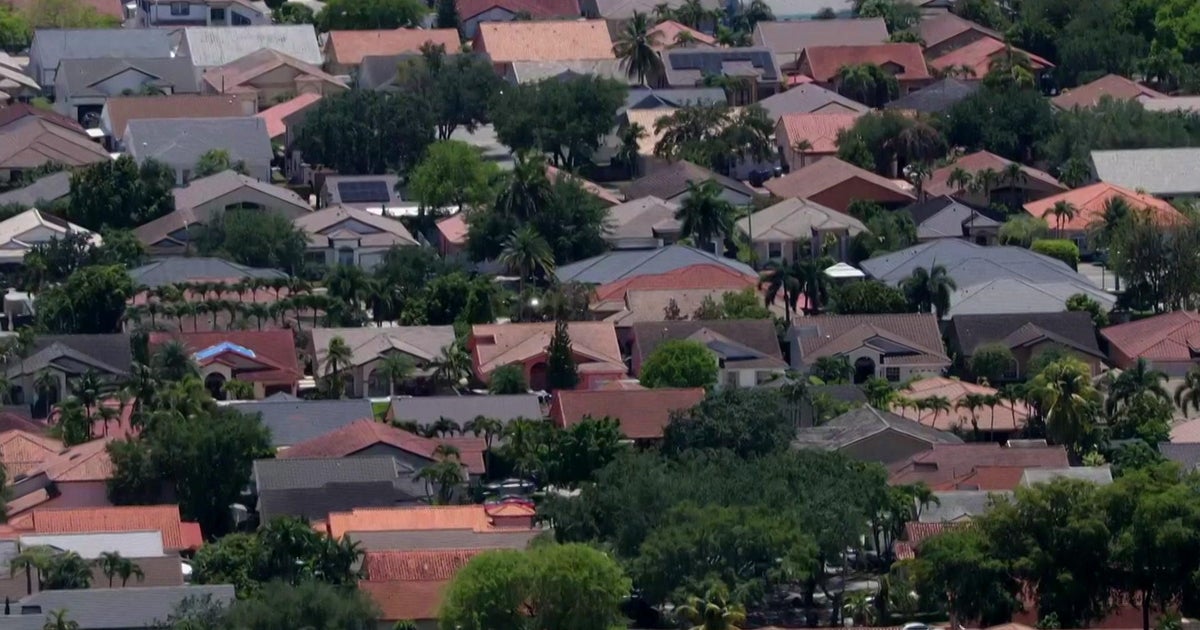Atlantic Hurricane Season Ends On Quiet Note
MIAMI (CBSMiami) – Another hurricane season has come and gone. Friday marks the end of the Atlantic hurricane season which produced 19 named storms for the third year in a row. Ten of the systems became hurricanes and one grew into a major storm.
Florida was largely spared this year while most of the storms that threatened turned north out at sea, notably, of course, Sandy, which hit the northeast in October. Homes were destroyed, mass transit shut and power knocked out to at least 8.5 million customers in 21 states.
Floridians, and others affected by hurricanes, are happy to see the season go.
The Panhandle and interior north Florida this year had to deal with Tropical Storm Debby, which left Wakulla and Franklin counties a soggy mess, before moving across the peninsula and soaking the area around the Suwannee River.
Beryl brought rain to northeast Florida. But the storm that may have had the biggest impact on Florida government and politics was Hurricane Isaac, even though it never hit Florida. Isaac's uncertain path, which at one point had Tampa Bay in its sites, delayed the Republican National Convention.
National Hurricane Center Director Rick Knabb said the greatest devastation this hurricane season was caused by water rather than wind. Accordingly, the center is ramping up efforts to develop new warnings that better convey the threat from the deadly storm surge pushed ashore by monsters like Sandy.
The U.S. has now gone seven years without being hit by a major hurricane, a Category 3 or stronger, with winds of at least 111 mph. A stretch that long is unprecedented in the 161-year record.
Phil Klotzbach, a hurricane researcher at Colorado State University in Fort Collins, said the 2012 season was unusual because of the high number of weaker storms and only one becoming a major hurricane. That storm never reached land.
Colorado State predicted 15 storms would develop in the Atlantic basin, with five of them becoming hurricanes and two major hurricanes, Klotzbach said. The university pioneered seasonal hurricane forecasting 29 years ago.
In May, the U.S. Climate Prediction Center called for nine to 15 named storms in the Atlantic. The 30-year average is 12.
Forecasters under-predicted the season because they were certain an El Nino, or warming of the central Pacific Ocean, would take place, Klotzbach said. The pattern causes an increase in Atlantic wind shear that can tear storms apart before they form.
While the Pacific's waters edged toward the threshold of an El Nino, the phenomenon never formed.
"The News Service of Florida contributed to this report."



